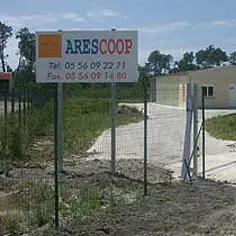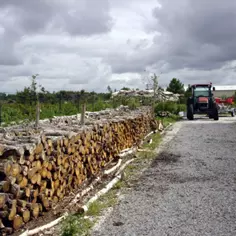
Social and Employment
Place
Hourtin, France
Sponsor
Jérôme Gras
Grant
21,000 € to the Selection Committee at 2004/09/28
Project leader
Association pour la réinsertion économique et sociale (Ares) - Arescoop
"I'm left with a very positive impression: the beneficiaries are delighted which suggests the activity has a healthy future thus enabling the objectives of social integration through employment to be achieved."
Jérôme Seiter
Summary
After years, and sometimes decades, of wandering city streets, the homeless can find it all but impossible to reintegrate into society within an urban setting. For adults whose lives have been a series of hard knocks, any idea of acting alone to take control of their lives by finding a job and decent accommodation in the city is nothing but a pipedream.
Recognising this stark reality, Arescoop, an association based in Paris, set up a professional reintegration structure in Gironde. In Hourtin, they provide people over 40 with jobs cleaning up green areas and working on farms. Ten permanent positions have been created since 1999.

Fifteen or so jobs soon
In May 2004, with backing from the European Social Fund and thanks to an active economic partnership with local players (leisure centres, holiday villages, châteaux in the Bordeaux region, etc.) new openings were identified: custom work in workshops, grass cutting, etc. They will make it possible to create four new jobs and recruit a supervisor on a permanent contract.
Progress report
Three years on from this first grant, Arescoop's commitment to the most disadvantaged has made headway. In autumn of 2006, a new activity was launched: the gathering and cutting of firewood. This has helped integrate even more individuals into the structure. The path to social and professional reintegration lasts two years. Accommodated in threes in small apartments, the former homeless gradually pick up the threads of community life, with timeframes tied to the jobs they hold and to communal living. Medico-social observation helps them along the way.

